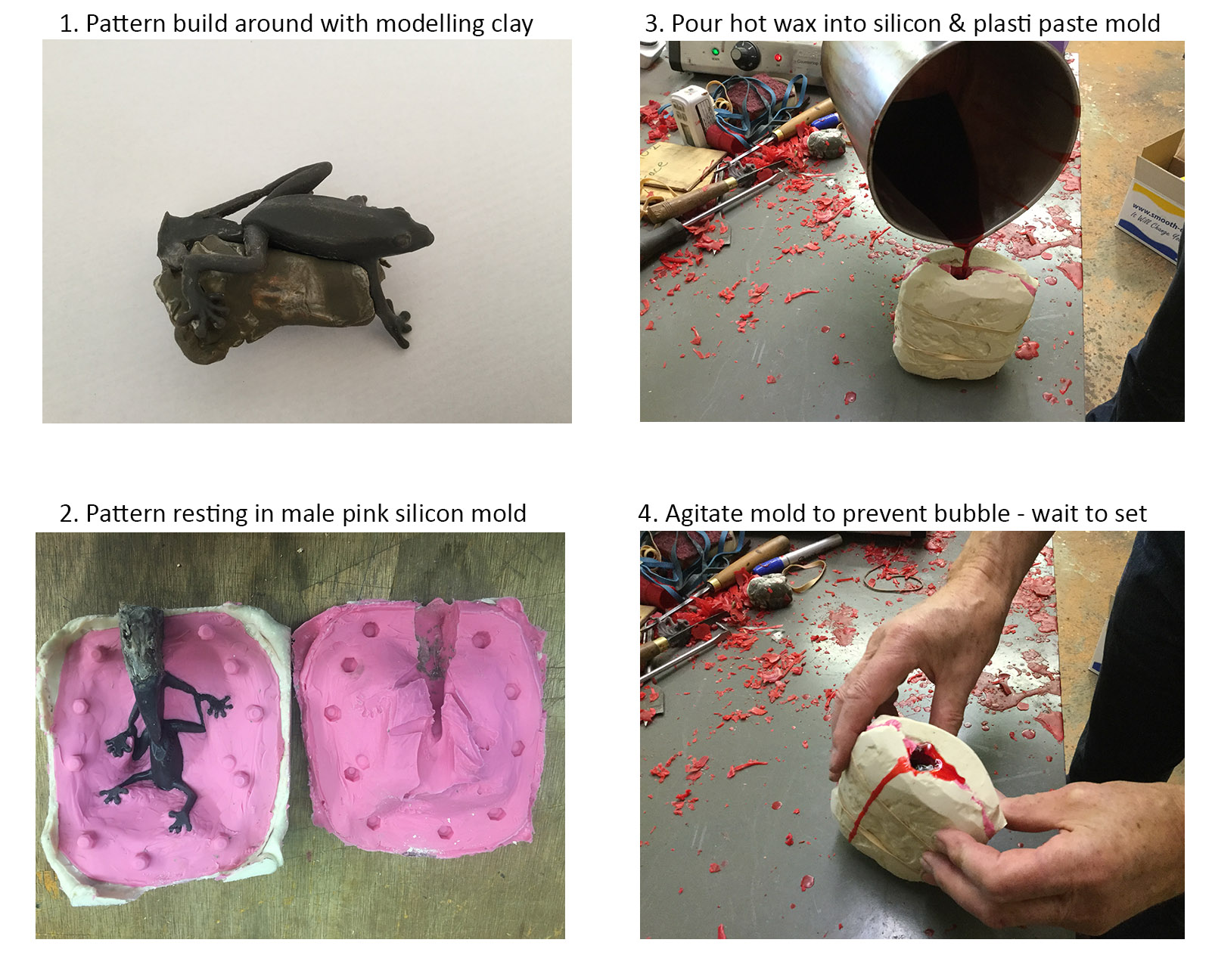Silver and gold are unusual choices for cabinet handles but when integrated into a credenza design they can become the finishing touch. Our first silver plated pulls were commissioned by interior Design Anna McPherson when she was with the international developer Candy & Candy. On that occasion we silver plated our dragonfly, geckos and frog handles. More recently Anna has used silver plating to add sparkle to our sycamore leaves for a custom credenza being made by the furniture craftsman, Thomas James in Worcester, England.
While Martin Pierce designed these leaves to function as left and right pulls, each was made as a unique cabinet handle, reflecting the reality one finds in nature where no 2 leaves are identical.
The first sycamore leaves were made for the Ascot armoire, a limited edition piece that Martin Pierce Furnishings our sister company makes. The armoire as you can see is decorated with a scene of autumnal leaves rendered in gold leaf and glazed with layers of translucent pigment. The handles were simply buffed and left as natural bronze to provide a subtle compliment to the leafy scene.
To add depth to the bronze leaves we add a dark patina to the buffed metal and re-burnish select areas on the edges and higher sections and then we oil and wax the surface to help fix the finish.
For a more dramatic colorful finish we use a brown chemical patina which needs to be applied to a hot surface which we achieve by heating the piece with something akin to a blow torch.





















